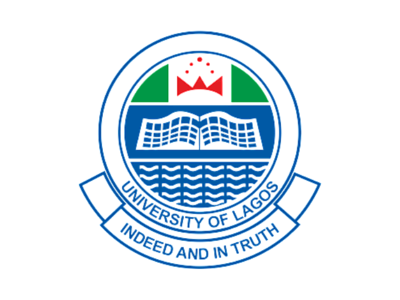Background
Towards this end, the Federal Government established the Eric Ashby Commission on Post School Certificate and Higher Education in Nigeria in May 1959. The Ashby Commission’s report, titled Investment in Education, recommended the establishment of a new university in Lagos, the then Federal Capital, to offer day and evening courses in Commerce, Business Administration, Economics and Higher Management Studies. In 1961, the Federal Government assigned the detailed planning of the new university to a UNESCO Advisory Commission. However, whereas the Ashby Commission had envisaged a non-residential institution that would be cited in the business district of Central Lagos, the UNESCO Commission opted for a traditional university, “a complete all-encompassing institution” with residential accommodation on a large campus. Following the acceptance of the UNESCO Commission’s report, the University of Lagos was established on 22nd October 1962 on the authority of the University of Lagos Act of 1962.
The Act provided for an eleven-member Provisional Council for the University, a Senate to preside over academic affairs, and a separate Council for the Medical School located at the University Teaching Hospital at Idi-Araba, a few kilometres away from the main (Akoka) campus. This was rather unique for, by authority of the Act, the University consisted of two separate institutions—the main university and an autonomous Medical School. The link between the two institutions was tenuous at best, consisting of reciprocal representation on both Councils and membership in the University Senate by professors in the Medical School.
Sign in to add your comment.
Suggested Pages
Quick Review
Enrolment
45,000
Type
Non-profit
Funding
Public-private partnership
Languages
English
Acceptance rate
15%
Highest Degree
Doctorate
- 1730 of 14,160 in the World
- 26 of 1,103 in Africa
